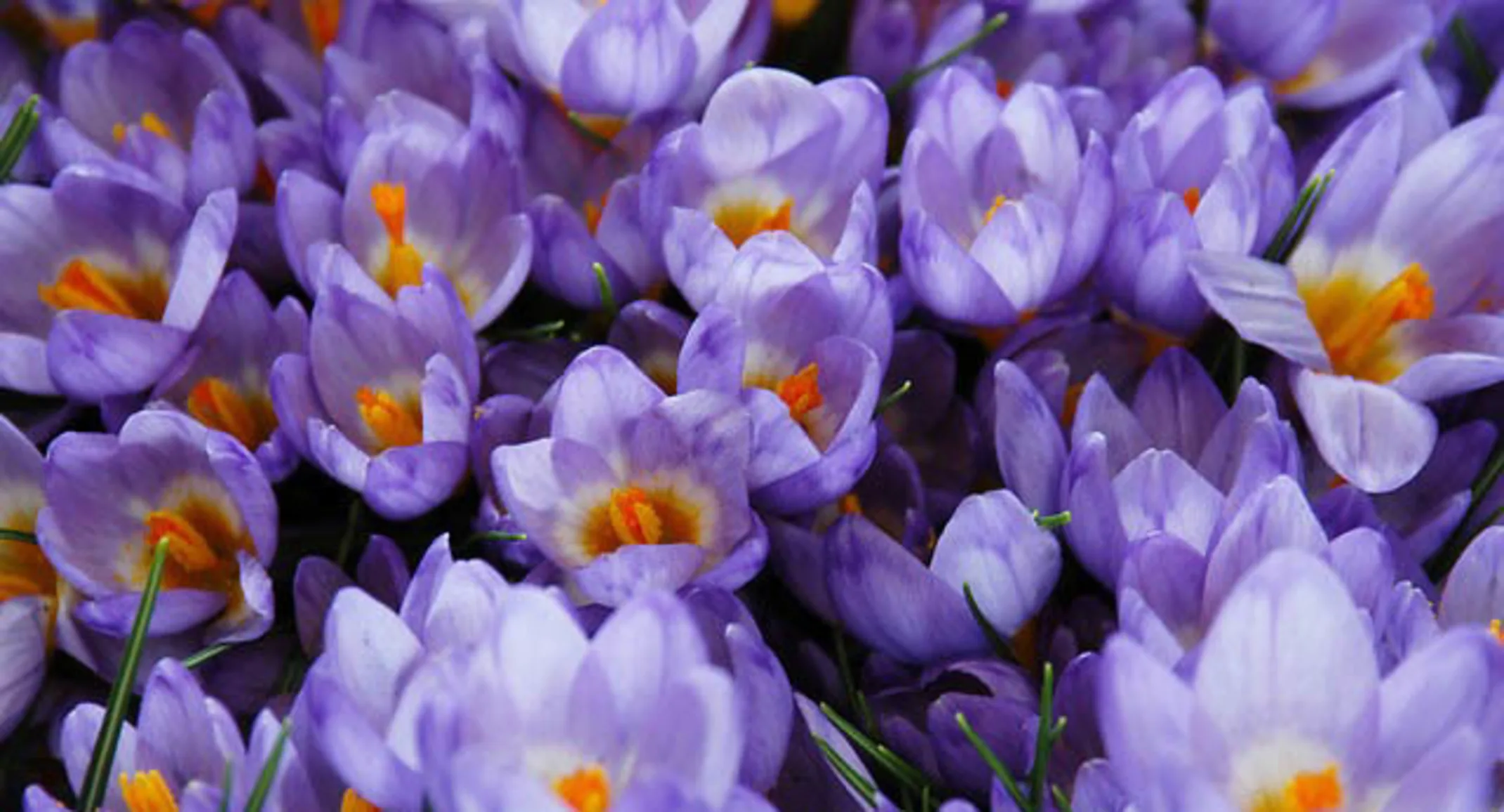Are Spring-Blooming Bulbs Dangerous?
Safety Tips

As the weather gets warmer, pets start spending more time outdoors. More time outside can mean being exposed to more danger and we need to be aware of the potential dangers spring plants can be for our pets. While there are many plants that can cause problems, there's a wide range of concern around bulbs in the spring.
CROCUS - There are two Crocus plants: one that blooms in the spring (Crocus species) and the other in the autumn (Colchicum autumnale). The spring plants are more common and are part of the Iridaceae family. These ingestions can cause general gastrointestinal upset including vomiting and diarrhea. These should not be mistaken for Autumn Crocus, part of the Liliaceae family, which contain colchicine. The Autumn Crocus is highly toxic and can cause severe vomiting, gastrointestinal bleeding, liver and kidney damage, and respiratory failure.
TULIPS - Tulips contain allergenic lactones while hyacinths contain similar alkaloids. The toxic principle of these plants is very concentrated in the bulbs (versus the leaf or flower), so make sure your dog isn’t digging up the bulbs in the garden. When the plant parts or bulbs are chewed or ingested, it can result in tissue irritation to the mouth and esophagus. Typical signs include profuse drooling, vomiting, or even diarrhea, depending on the amount consumed.
GLADIOLA - Ingesting any part of the gladiola plant will cause your pet to experience salivation, vomiting, drooling, lethargy, and diarrhea. However, the highest concentration of its toxic component is in the buds.
If you think your pet has consumed any of the above toxins, please call us at 316-262-5321.
Souce: Lieske DVM, MPVM, Camilla. "Spring-blooming bulbs: year-round problem." ASPCA. Veterinary Medicine, Aug. 2002. Web. 11 Mar. 2016.
